
There are many different types of music and, accordingly, there are also many different types of religious experiences that music induces. In my own personal path and in my scholarly work, I have been most drawn to and fascinated by a particular combination of musical and religious practices I have called “trance formation”
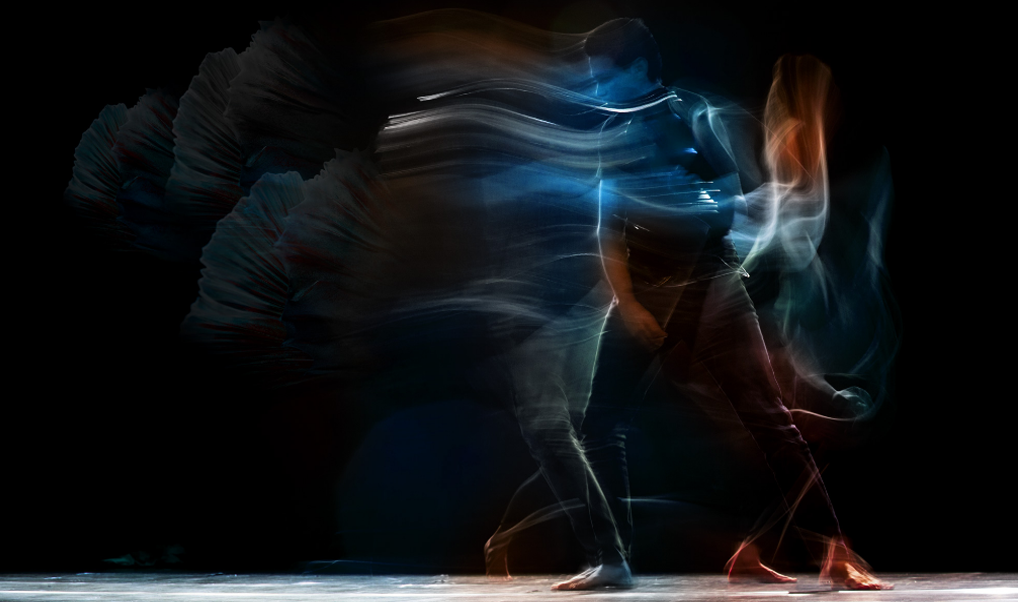
— people dancing vigorously over a long period of time to rhythmic music with strong beats played at high volume, and entering into powerful trance states in the process.
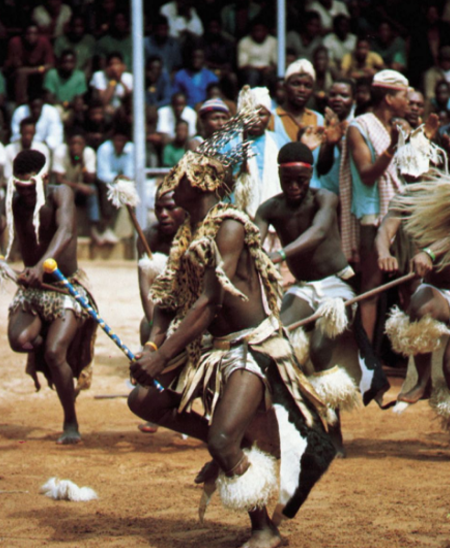
The possession dances of West Africa and the African diaspora perfectly illustrate this complex. In these religious traditions, drummers play complex polyrhythms while priests, priestesses, and initiates dance and enter into deep trance states that culminate in possession, where their body is taken over by a possessing spirit or deity. Possession is the formal goal of the ceremony, so that the spirit can become physically present in the community for the purposes of consultation, healing, and divination.
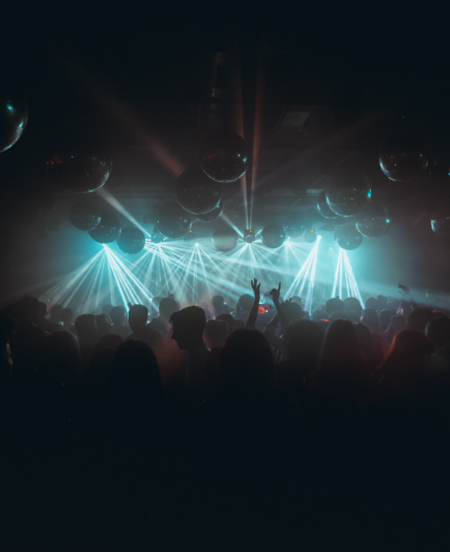
In the late 1990’s, I became involved in the electronic dance music scene and started participating in raves, all-night events where people dance for hours to loud electronic dance music with strong beats, and also enter into powerful trance states. While these are not religious ceremonies per se, nevertheless, I and many other people have had profound spiritual experiences on the dance floor at these events, and our lives have been transformed as a result.
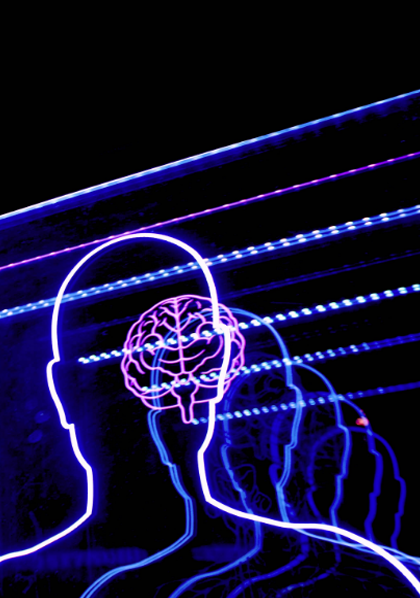
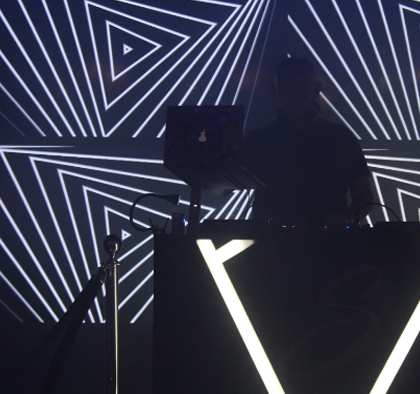



These experiences, and their similarities to the possession dance, led me to delve into brain science in order to better understand how this phenomenon works. Over the last decades, there has been some amazing work done in the brain science of music, and of altered states of consciousness. In my research in this field, I found several key features that help explain how “trance formation” works.
The first is known as structural coupling — the synchronization of different bodies and nervous systems into a collectively shared brain state and consciousness through musical rhythmic entrainment. The second is the specific shared state — the arousal of the autonomic nervous system (ANS), which generates trance, and feelings of heightened aliveness, joy, and luminosity. Third, this trance state produces oxytocin, a neurotransmitter that breaks down old habits and beliefs, and clears the way for new understanding.
So “trance formation” can lead to transformation! I have used “trance formation” to create transformation in my own life, and I can help you do so in your life as well.


